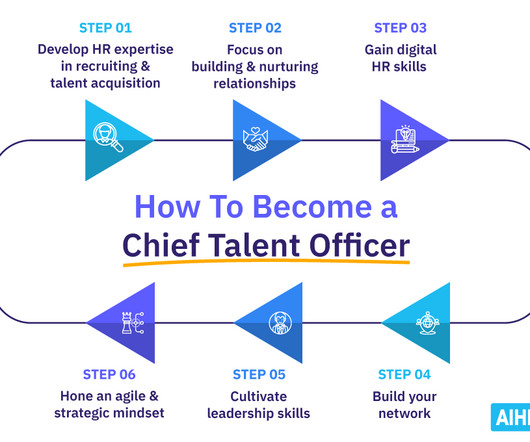Succession planning 101: A step-by-step guide for small businesses
Business Management Daily
AUGUST 6, 2024
To avoid the stress and uncertainty of these transitions, it’s helpful to create a formal succession plan for your most critical roles to prevent operational disruptions when the time comes for a key employee to leave your organization. What is succession planning?























































Let's personalize your content